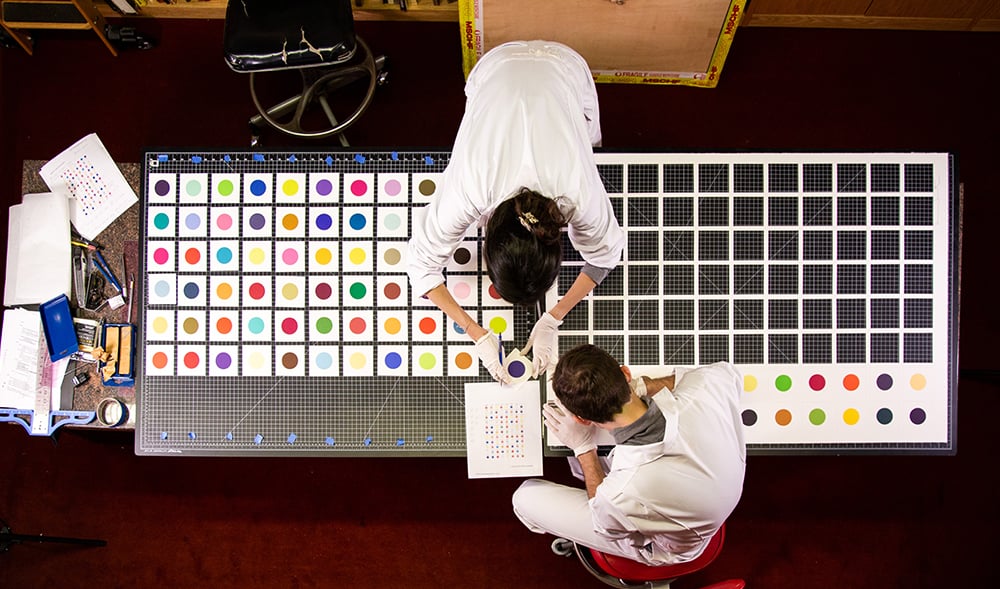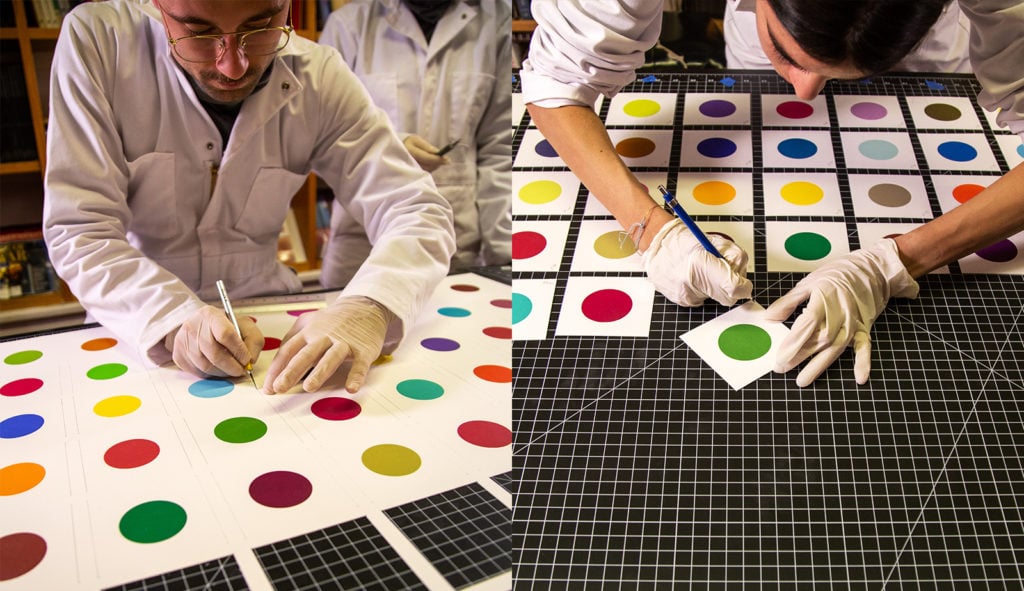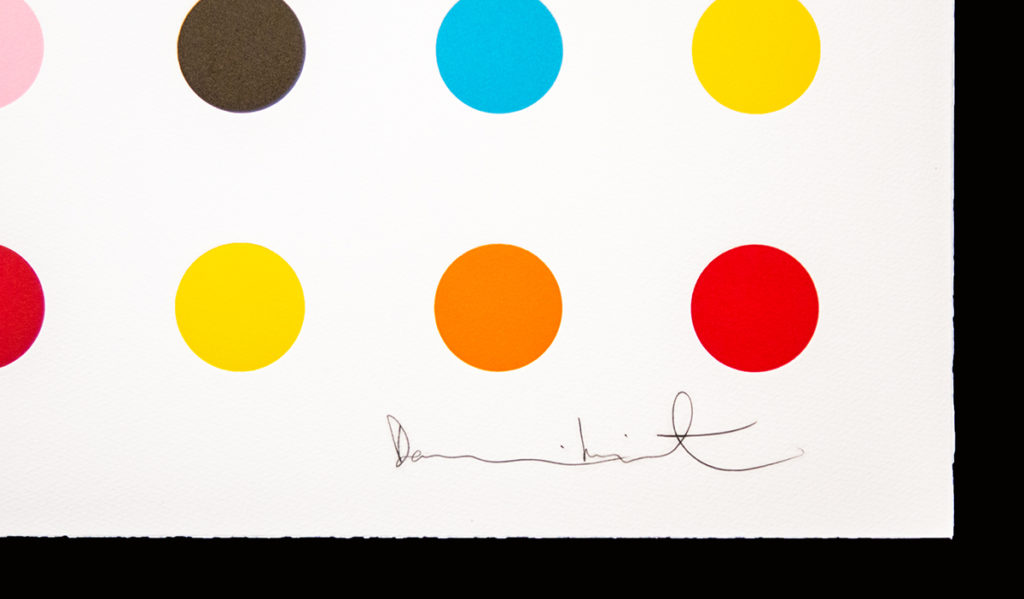Install the app
How to install the app on iOS
Follow along with the video below to see how to install our site as a web app on your home screen.

Note: This feature currently requires accessing the site using the built-in Safari browser.
-
New here? Register here now for access to all the forums, download game torrents, private messages, polls, Sportsbook, etc. Plus, stay connected and follow BP on Instagram @buckeyeplanet and Facebook.
You are using an out of date browser. It may not display this or other websites correctly.
You should upgrade or use an alternative browser.
You should upgrade or use an alternative browser.
Probably The Worst Internet Content of All Time
5 STAR U-G-A
Legend
People are strange, man. I will say that I watch a lot of inked on Youtube and one of the tattoo people they have on there has eye tats, shaved head, full blackout tattoos all over.. I think she's hot as fuck.

Truth be told, the videos of the vampire-stripper with the eye tats I don't consider to be "horrible" content, it's just, as you said, strange or eccentric. In a way, the Internet, in spite of its horrors, gives people platforms that they otherwise would never have had in the past.
As to these women with eye tats and black out tattoos, there is something infatuating about them, even beautiful, as "unconventional" as their appearance may be.
I'm fond of this "fitness" model, or whatever she can be categorized as:
Her tattoos are interesting, but whatever-the-fuck is going on with her eyes (not sure if they're tattoos or what) are what I find compelling.
Upvote
0
5 STAR U-G-A
Legend
Not a fan of all horrible content. Damien Hirst is the WORST, a total con artist, and I wouldn't be surprised if his works are just a front to launder massive amounts of money:
An Art Collective Bought a $30,000 Damien Hirst Spot Print and Cut It Up. Now, They’re Selling the Spots for $480 a Pop
“Maybe we don’t need more zombie wallworks, we just need to distribute the ones we’ve got!” reads the collective’s manifesto.
https://news.artnet.com/art-world/artist-collective-cut-up-damien-hirst-print-1844958
An Art Collective Bought a $30,000 Damien Hirst Spot Print and Cut It Up. Now, They’re Selling the Spots for $480 a Pop
“Maybe we don’t need more zombie wallworks, we just need to distribute the ones we’ve got!” reads the collective’s manifesto.
https://news.artnet.com/art-world/artist-collective-cut-up-damien-hirst-print-1844958

MSCHF at work on "Severed Spots." Courtesy of MSCHF.
The offbeat brand-cum-art collective known as MSCHF is cutting up a Damien Hirst work and putting it up for auction as an act of protest against investors who buy fractions of pricy artworks.
The Brooklyn-based artists and designers behind MSCHF purchased a $30,000 Damien Hirst spot print and cut out all 88 of its dots. Starting today, they’re selling the dots for $480 each. Meanwhile, the original print, now just a piece of paper with 88 holes and Hirst’s signature, is up for auction for a minimum of $126,500.
“The key to runaway art world success is: merchandising!” reads the manifesto for the project, titled Severed Spots. “Who wants to make one-offs when the market has so much appetite? But let’s take it a step further—maybe we don’t need more zombie wallworks, we just need to distribute the ones we’ve got!”

MSCHF at work on “Severed Spots.” Courtesy of MSCHF.
Founded in 2016, MSCHF launched its first project last year when it auctioned off a computer infected with six of the world’s most malicious viruses for $1.3 million. After that came a number of news-making stunts that straddled the lines of conceptual art, contemporary design, and internet gaggery: a squeaking bong shaped like a rubber chicken, a messaging system that texts you AI-generated pictures of feet, and an app that lets you watch Netflix at work by making it look like you’re on a conference call.
Perhaps the most infamous of the bunch, though, is “Jesus Shoes”—a series of custom Nike Air Max 97s with holy water from the River Jordan in the soles. They went for $1,425 per pair.

Damien Hirst’s signature. Courtesy of MSCHF.
“The cool thing that we have going for us is we set this precedent that we’re not tied to a category or vertical,” MSCHF’s chief executive, Gabriel Whaley, told the New York Times in a profile earlier this year. “We did the Jesus shoes and everyone knows us for that, and then we shut it down. We will never do it again. People are like, ‘Wait, why wouldn’t you double down on that, you would have made so much money!’ But that’s not why we’re here.”
The group issues new drops every two weeks, and they’re anticipated and puzzled over with feverish fandom. Apparently there’s good money in it too: The company has raised more than $11.5 million in outside investments since the fall of 2019, according to the Times.
Upvote
0
5 STAR U-G-A
Legend
One of these "My Way medicine cabinets" were valued at a Soethbys auction for between US$1,621,159.37-$2,431,739.05
https://www.sothebys.com/en/auction...porary-art-evening-auction-l12022/lot.26.html
Description
- Damien Hirst
- My Way
- signed, titled, inscribed B-Sides and dated 1990-91 on the underside
- glass, faced particleboard, ramin, plastic, aluminium, resin, chemicals, pharmaceuticals and packaging, circa 1960-1975
Provenance
White Cube, London
The Saatchi Collection, London
The Hiscox Collection, London
Sale: Sotheby's, London, 20th Century British Art from the Hiscox Collection, 3 December 1998, Lot 36
Private Collection, New York
Sale: Christie's, New York, Contemporary Art, 16 November 1999, Lot 59
Acquired directly from the above by the present owner
Literature
Sarah Kent, Shark Infested Waters: The Saatchi Collection of British Art in the 90s, London 1994, p. 158, illustrated in colour
Gordon Burn and Damien Hirst, i want to spend the rest of my life everywhere, with everyone, one to one, forever, now., New York 1997, p. 219, illustrated in colour
Exhibition Catalogue, New York, L&M Arts, The Complete Medicine Cabinets, 2010, p. 178
Catalogue Note
"I really loved the idea of art maybe, you know, curing people."
The artist in: Gordon Burn & Damien Hirst, On the Way to Work, London 2001, p. 25
Executed in 1990-1, My Way is situated within the very earliest period of Damien Hirst's astounding career. Comprising row upon row of neatly arranged medical bottles bearing cautionary and advisory labels, My Way stands alongside the very first of Hirst's iconic corpus of Medicine Cabinets; two of which are held within museum collections at the San Francisco Museum of Modern Art (Pretty Vacant, 1989) and the Bayerische Staatsgemaldesammlungen München (E.M.I., 1989). Indeed, My Way denotes the very crystallization of Hirst's visual engagement with pharmaceuticals - an extensive and highly significant body of work that found its ultimate articulation in 1992 with the full-scale Pharmacy installation, thereafter transmuted and developed into the eponymous restaurant in Notting Hill some five years later. Standing at the forefront of Hirst's rise to prominence, the present work marks the genesis of a significant legacy that found varied expression from vitrines of sterile surgical equipment (Naked, 1994) and cabinets of individual pills (Void, 2000), to the sacrilegious and blood stained cabinets dedicated to the Christ's Apostles (Romance in an Age of Uncertainty, 2003). As a work that encompasses the breadth of the artist's output to date, My Way represents the moment at which the dialogue between science, religion, art and death coalesced to form the backbone of Hirst's oeuvre.
There is a fundamental paradox that propels Damien Hirst's production; awareness of our own mortality is accompanied by a refusal to accept death's inevitable permanence: "I am going to die and I want to live forever. I can't escape the fact and I can't let go of the desire" (the artist in Exhibition Catalogue, London, ICA, Damien Hirst, 1991, n.p.). Hirst's Medicine Cabinets unequivocally embody the very first expression of this central philosophy. Contained behind glass, the arrestingly regimented assembly of ubiquitous pharmaceutical ephemera underlines the fragility of the human body as subject to society's reliance on, and faith in, the restorative and death-eluding assurance of scientific innovation. Within their apparent chemical sterility and expressionless guise, the Medicine Cabinetsnegotiate a delicate balance between a morbid meditation on death in modern society and a hope-filled appreciation of life as worth prolonging. Belonging to the first wave of Medicine Cabinets initiated surrounding the moment of Hirst's Goldsmiths degree show, My Way executed in 1990-1 represents a pioneering example. Indeed, following the preliminary twelve executed in 1989, works sequentially named after the twelve tracks on the iconic 1977 album, Never Mind the Bollocks, Here's the Sex Pistols, the following group of six were named after further punk songs by the Sex Pistols and The Who, of which the present work takes its name from the Frank Sinatra classic 'My Way' covered by Sid Vicious in 1978. The choice of My Way and general punk appellation of the incipient Medicine Cabinets is very much attuned to Hirst's contemporaneously burgeoning reputation as the enfant terrible of the YBA generation.
Markedly distinct from the preceding works in this corpus, this smaller suite of six cabinets are composed of drugs and packaging circa 1960-1975. In contrast to the sterile and pristine boxes emptied of their medicinal content, the drugs appropriated for My Way are decaying specimens found by Hirst in an abandoned hospital. Where the pristine cabinets offer a science fiction prophesy for a utopian and ideal society, My Way degenerates and unravels the false fallacy of promised immortality. There is a sinister decomposing organicism and septic toxicity to these containers and the liquids they contain. My Way exudes an air of threatening noxiousness that presages much of Hirst's future production; as such, this significant body of work not only foreshadows the scientific and clinical format familiar to the inimitable vitrine works, but also stands as a quintessential expression of Hirst's overarching artistic inquiry - a creative impulse beset by a pervasive and inexorable union with death and decay.
The early Medicine Cabinets laid the foundation for much future output, whilst simultaneously representing a conflation of a number of formative influences. The display of drug packaging behind glass combines the celebratory Neo-Geo aesthetic of Koons' consumerist vitrines from the late 1970s with the readymade bricolage and formal arrangement of Joseph Cornell and Kurt Schwitters. Upon first moving to London in the mid-1980s, Hirst became deeply affected by an encounter with the home of his kleptomaniac neighbour, Mr Barnes. Intensely chaotic, albeit densely organised, the seemingly endless accumulation and arrangement of everyday junk and flotsam found in Mr Barnes' home was directly transmuted by Hirst in his extremely early Schwitter-esque collage. Thereafter, this was refined and distilled into the formalistic arrangement of drug packaging central to the medicine cabinet's constitution. Barnes' lasting influence is here made manifest in Hirst's compulsion to produce endless series': the limitless of Barnes' kleptomania is assimilated for its evocation of security, perpetuity and infinity - a state contra to the finite nature of human existence.
Imbued with a confidence founded in scientific empiricism, Hirst's medicine cabinets withhold the promise of life. Where religion was once looked to for redemption and healing, science and medicine now command the unquestioning faith of the masses. Explaining a visit to the chemist with his mother, Hirst recounts this feeling for medicine's unerring confidence: "I'd been trying to explain loads of work to my mum, about what I'd been doing. She's an open-minded person, but she had a completely closed mind about it... And I was with my mum in the chemist's: she was getting a prescription, and it was, like, complete trust on the one level in something she's equally in the dark about... It's just completely packaging and formal sculpture and organised shapes. My mum was looking at the same kind of stuff in the chemist's and believing in it completely. And then, when looking at it in an art gallery, completely not believing in it. As far as I could see, it was the same thing... I really loved the idea of art maybe, you know, curing people" (the artist in: Gordon Burn & Damien Hirst, On the Way to Work, London 2001, p. 25). Hirst appropriates the reassuring minimalism of pharmaceutical design to substantiate the healing potential of art. As works of art, the medicine cabinets become icons for veneration. Like a shrine or an altar to the power of medicine in thwarting disease and suspending death, Hirst's medicine cabinets transform pharmaceutical products into venerated relics. Detached from Christian doctrine these pharmacological art-objects purport life extending assurance via the trustworthy antiseptic clarity of chemicals and prescription medication. As Hirst explains: "the whole notion that science can actually heal, can resurrect someone... That's science as the new religion" (the artist in: Exhibition Catalogue, London, Paul Stopler, Damien Hirst: New Religion, 2006, p. 8). However, dedcaying and containing poisonous looking fluids, the drugs contained by this cabinet exposes rudimentary chemical substance undisguised by the cool and reassuring sterile confidence of modern pharmaceutical packaging.
Herein, My Way pre-empts the corpus produced over ten years later for his 2003 exhibition, Romance in the Age of Uncertainty. Centred on the dialogue between religion and science, Hirst produced a series of cabinets as representative of the Disciples of Christ. Contained within twelve individual steel cabinets, laboratory equipment and religious paraphernalia were assembled and doused in pigs' blood to elucidate an anthropomorphic evocation of the demise of Christ's followers. Ostensibly estranged from the hermetically sealed sterility embodied by the majority of Hirst's Cabinets, the brutal violation and abject secretions displayed in these works explicitly highlight the sinister and threatening pervasion of death typical in Hirst's mature production. Indeed, beneath the will to preserve life present within the early Medicine Cabinets lies the inevitability of decay. Brought explicitly to the fore in the present work, organic decomposition betrays the inevitable transience of that which purports to extend and prolong life. Within My Way Hirst's sheer delight in the paradoxical is made masterfully plain: that which cures can also kill.
Upvote
0
At what point did you say to yourself, "you know, I am going to be an expert in complete crap?"
Upvote
0
5 STAR U-G-A
Legend
At what point did you say to yourself, "you know, I am going to be an expert in complete crap?"
That's a great question.
I can't really say that it was a conscientious decision lol.
Upvote
0
5 STAR U-G-A
Legend
Coronavirus/Pandemic-themed scented candles:
https://www.bathbombs.com/collections/corona-virus-jewelry-candles



https://www.bathbombs.com/collections/corona-virus-jewelry-candles



Upvote
0





